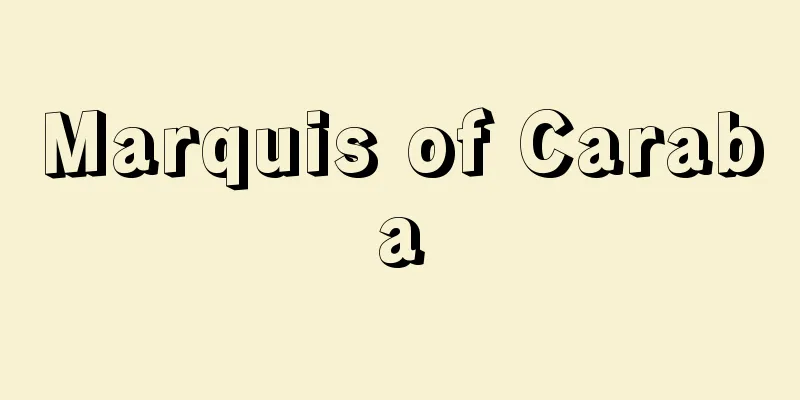Carbonari Party - Carboneria Italian

|
A secret society that existed in Italy and France in the first half of the 19th century. It translates to "the charcoal burners". The "Enlightened" Society, founded in the Duchy of Bavaria in 1776, was a revolutionary secret society that aimed for an equal society by abolishing private property. Marquis Costanzo, an Italian collaborator of the founder Weishaupt, returned to Italy and in 1786 established a branch of the "Enlightened" Society in Naples under the guise of Freemasonry. It is said that in the 19th century, Joseph Bourriot, a former French Jacobin, brought a new organizational form and name to this society. He was a member of a secret society modeled after the "charcoal burners' guild" of Charbonnières in Franche-Comté, and was appointed to Naples in 1806. Through Brio, the new party organization came to refer to society as the "forest," the government and its minions as the "wolves," meeting places as "huts," branch cells as "coal shops," and party members as "good cousins." Thus, the Carbonari Party was born around 1810, with the Naples "Enlightened" Society as its mother, as a secret society that brought together Jacobin republicans who opposed the Napoleonic regime. The party soon spread throughout the south, and under the Vienna regime, it further expanded to the center and north, and especially in the north, it developed by linking with the secret society led by Buonarroti. The Carbonari Party represented the early Risorgimento movement as the core force in the anti-absolutist struggle until the early 1830s. Party members were divided into three levels according to experience: apprentice, master, and grand master. Each level had its own doctrine, but the rank of grand master, which advocated the realization of an equal society based on the equal division of farmland, only existed in organizations led by Buonarroti in later years. The initial movement was centered in the military, which was the base of Jacobinism, and its practical goals were the establishment of a constitutional government and the elimination of foreign enemies. In July 1820, the Neapolitan party launched an anti-Bourbon rebellion that spread throughout the south and succeeded in establishing a constitutional revolution, but was suppressed the following spring by the intervention of the Austrian army. The Piedmont revolution in the spring of 1821 also ended in failure, and at the same time, autocratic governments in various parts of Italy began to suppress it. In crisis, the party moved its base to Paris, and the movement left Italy and spread to France and Spain. Buonarroti then reorganized the Italian movement and prepared for the Central Italian Revolution in 1831. However, with the suppression of this revolution, the failure of the Lyon Uprising in 1934, and the growth of the Young Italy party, the Carbonari movement rapidly declined. [Yasuro Shigeoka] Source: Shogakukan Encyclopedia Nipponica About Encyclopedia Nipponica Information | Legend |
|
19世紀前半のイタリアとフランスに存在した秘密結社。「炭焼党」と訳す。1776年にバイエルン公国で創立された「啓明」結社は、私有財産の廃止による平等な社会を目ざす革命的秘密結社であった。創立者ワイスハウプトのイタリア人協力者コスタンツォ侯爵はその後帰国し、1786年にナポリでフリーメーソンの装いの下に「啓明」結社の支部を結成した。19世紀になってこの結社に新しい組織形態と名称をもたらしたのがフランス人の旧ジャコバン党員ジョセフ・ブリオであったといわれる。彼はフランシュ・コンテのシャルボニエールという「炭焼組合」を模した秘密結社の一員で、1806年にナポリに赴任した。ブリオを通じて新しい党組織は、社会を「森」、政府とその手先を「狼(おおかみ)」、集会所を「山小屋」、支部細胞を「炭売場」、党員を「善良な従兄弟(いとこ)」とよぶようになった。こうしてカルボナリ党は10年ごろナポリの「啓明」結社を母胎に、ナポレオン体制に反発するジャコバン的共和主義者を結集する秘密結社として誕生した。党はまもなく南部一帯に広がり、ウィーン体制下ではさらに中部から北部にまで組織を広げ、とくに北部ではブオナローティの指導する秘密結社と結び付いて発展した。カルボナリ党は、1830年代初めまで反絶対主義闘争の中核勢力としてリソルジメント初期の運動を代表した。党員は経験に応じて徒弟、親方、大親方の3段階に分けられ、各位階にはそれぞれ教義があったが、農地均分法に基づく平等社会の実現を掲げた大親方の位階は、後年ブオナローティの指導を受けた組織にのみ存在した。初期の運動は、ジャコバン主義の拠点であった軍隊を中心に起こり、その実践目標は立憲政府の樹立と外敵の駆逐であった。1820年7月ナポリの党が起こした反ブルボンの反乱は南部各地に広がり、立憲革命に成功したが、翌年春オーストリア軍の介入により鎮圧された。21年春のピエモンテの革命も同様に失敗に終わり、同時にイタリア各地の専制政府は弾圧に乗り出した。危機に陥った党は本拠をパリに移したため、運動はイタリアを離れてフランスやスペインに広がった。その後ブオナローティはイタリアの運動を再組織し、31年の中部イタリア革命を準備した。しかしこの革命の鎮圧と34年のリヨン蜂起(ほうき)の失敗、青年イタリア党の発展により、カルボナリ運動は急速に衰えた。 [重岡保郎] 出典 小学館 日本大百科全書(ニッポニカ)日本大百科全書(ニッポニカ)について 情報 | 凡例 |
Recommend
Montgomery, D.
…All the above examples are locally Euclidean gro...
Psillacula alexandri (English spelling) Psillaculaalexandri
…Parakeet [Takashi Saito]. . . *Some of the termi...
Rhodesian
An archaic human similar to the Neanderthals and t...
compile
…In that sense, editing has the same creativity a...
Crow - Crow
A general term for birds of the genus Corvus , fam...
Sponsored by: Kyosan
〘noun〙① To support a certain plan etc. and join fo...
Smallpox - Kato
〘Noun〙 Smallpox that affects people who have been ...
Basic sentence patterns
…For this reason, further systematization is desi...
synthetic leather
...This was called PVC leather (or vinyl leather)...
Blue Funnel Line [Company] (English name) Blue Funnel Line
Ocean Transport & Trading is a shipping compan...
White, Shaun
Born: September 3, 1986. San Diego, California. An...
Hemlock - American hemlock
...It is distributed from Mt. Iwaki in Aomori Pre...
Senzan
A mountain located in Sumoto City, in the center ...
Hygrometer - Humidity meter
Humidity measuring instrument. Usually used to me...
Rāhula (English spelling) Rahula
…Also, when he was leaving the castle through the...









